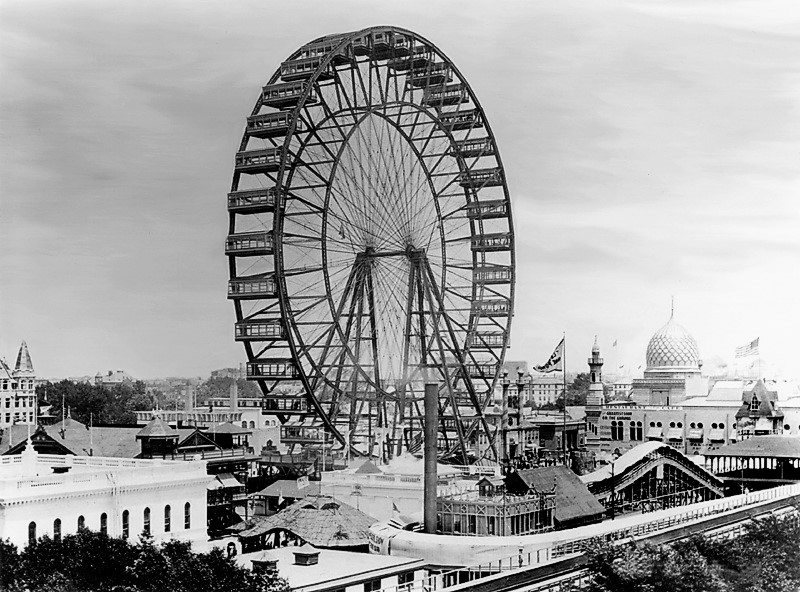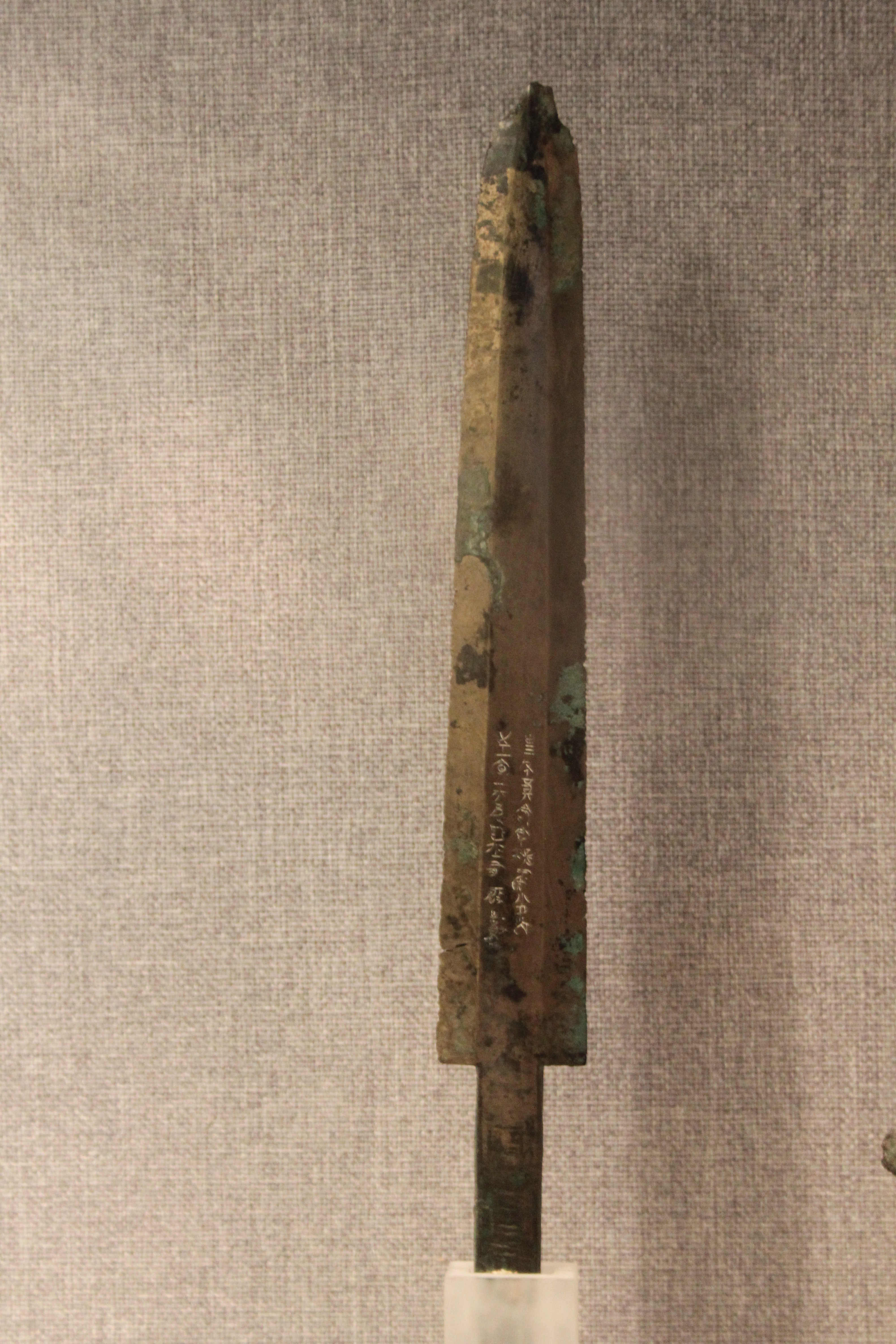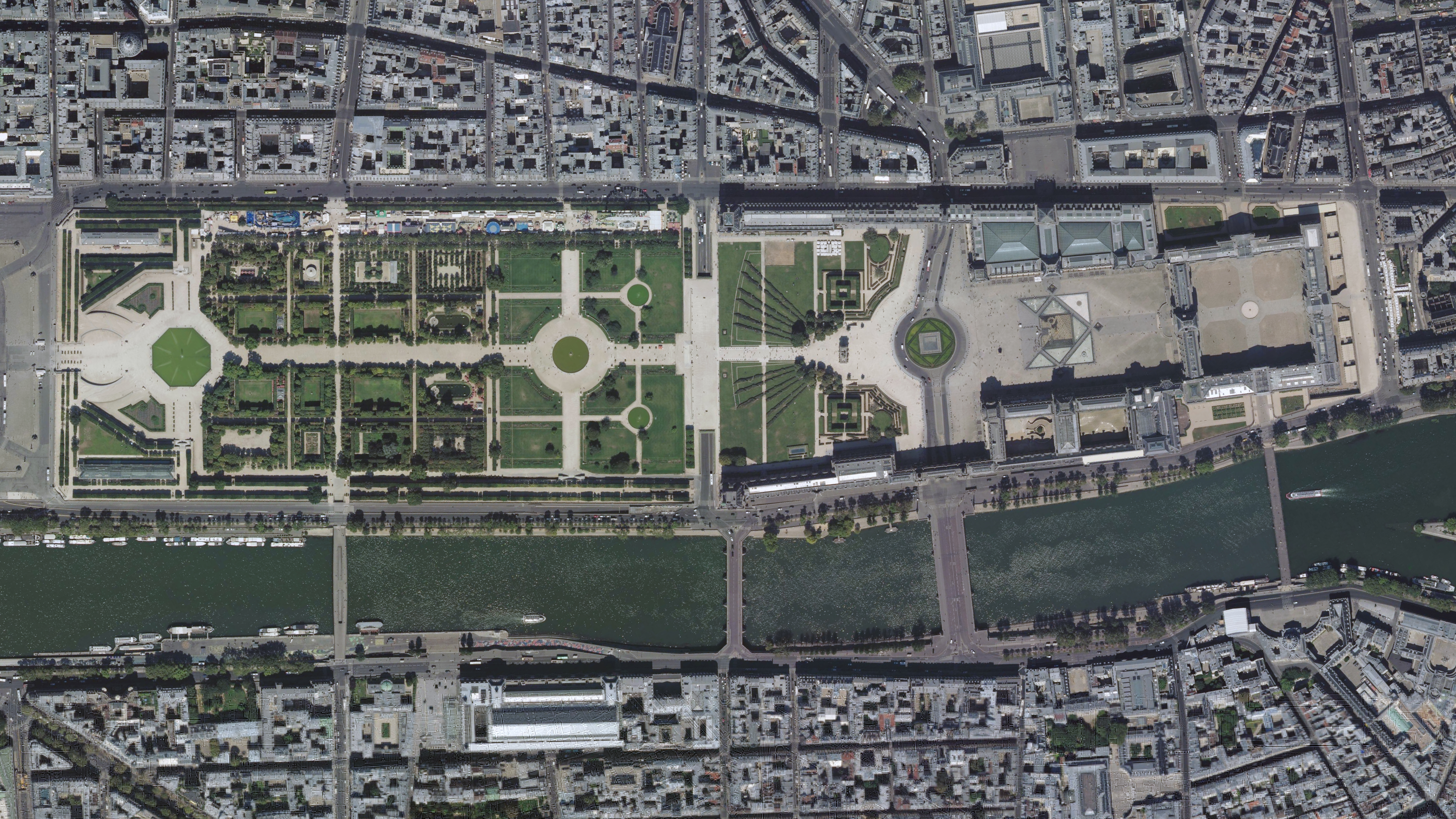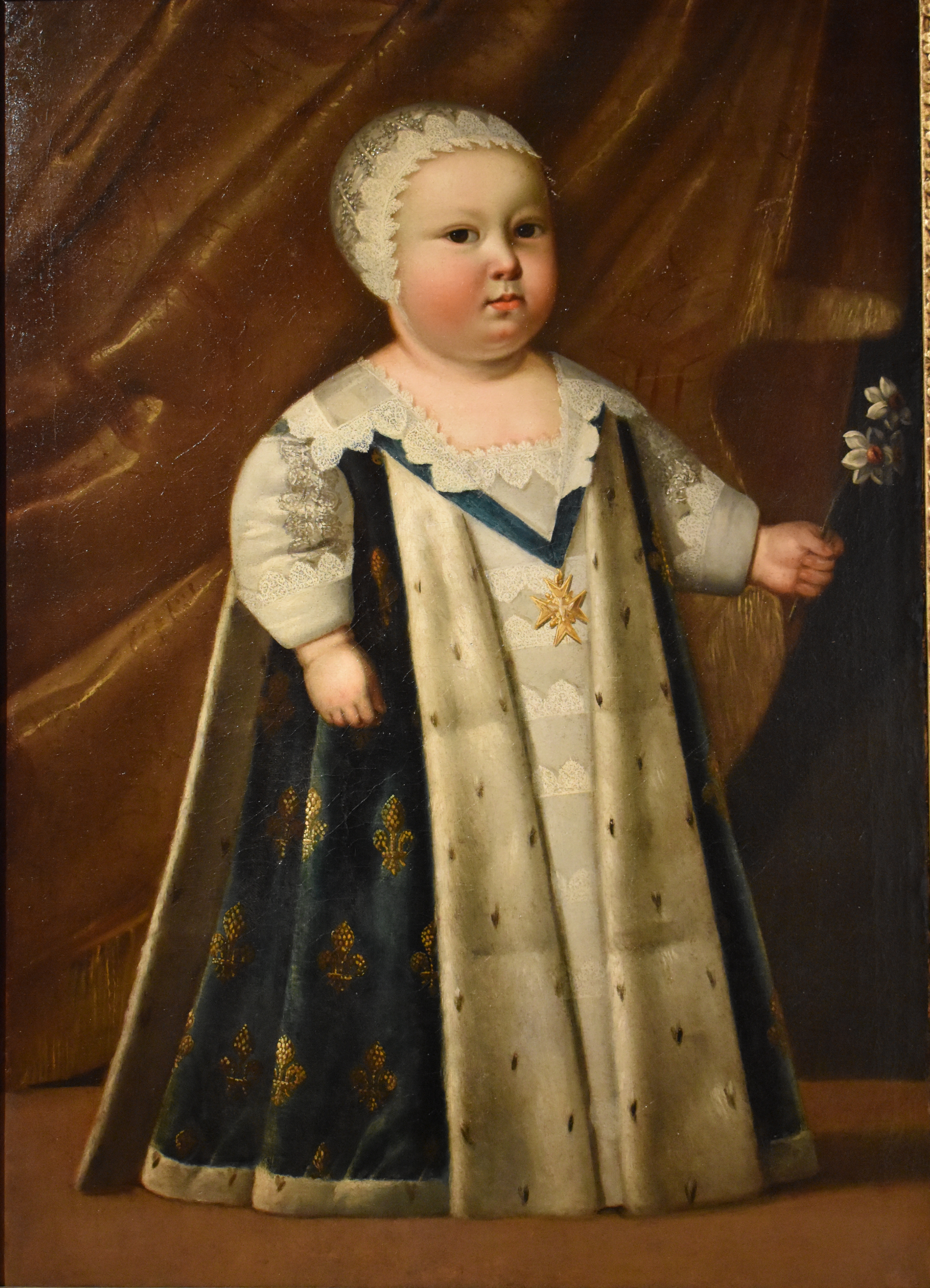|
Merry-go-round
A carousel or carrousel (mainly North American English), merry-go-round (International English), or galloper (British English) is a type of amusement ride consisting of a rotating circular platform with seats for riders. The seats are traditionally in the form of rows of animal figures (usually horses) mounted on posts, many of which move up and down to simulate galloping. Sometimes chair-like or bench-like seats are used, and occasionally mounts can take the form of non-animals, such as airplanes or cars. Carousel rides are typically accompanied by looped circus music. The word ''carousel'' derives from the French word ''carrousel'', meaning ''little battle'', a reference to European tournaments of the same name starting in the 17th century. Participants in these tournaments rode live horses and competed in various cavalry skill tests, such as ring jousting. By the end of that century, simple machines were created in which wooden horses were suspended from a spinning whe ... [...More Info...] [...Related Items...] OR: [Wikipedia] [Google] [Baidu] |
Fair
A fair (archaic: faire or fayre) is a gathering of people for a variety of entertainment or commercial activities. Fairs are typically temporary with scheduled times lasting from an afternoon to several weeks. Fairs showcase a wide range of goods, products, and services, and often include competitions, exhibitions, and educational activities. Fairs can be thematic, focusing on specific industries or interests. Types Variations of fairs include: * Art fairs, including art exhibitions and arts festivals * Book Fairs in communities and schools provide an opportunity for readers, writers, publishers to come together and celebrate literature. * County fair (US) or county show (UK), a public agricultural show exhibiting the equipment, animals, sports and recreation associated with agriculture and animal husbandry. * Festival, an event ordinarily coordinated with a theme e.g. music, art, season, tradition, history, ethnicity, religion, or a national holiday. * Health fair, an event d ... [...More Info...] [...Related Items...] OR: [Wikipedia] [Google] [Baidu] |
Amusement Park
An amusement park is a park that features various attractions, such as rides and games, and events for entertainment purposes. A theme park is a type of amusement park that bases its structures and attractions around a central theme, often featuring multiple areas with different themes. Unlike temporary and mobile Travelling funfair, funfairs and traveling carnival, carnivals, amusement parks are stationary and built for long-lasting operation. They are more elaborate than Urban park, city parks and playgrounds, usually providing attractions that cater to a variety of age groups. While amusement parks often contain themed areas, theme parks place a heavier focus with more intricately designed themes that revolve around a particular subject or group of subjects. Amusement parks evolved from European fairs, pleasure gardens, and large Picnic, picnic areas, which were created for people's recreation. World's fairs and other types of international expositions also influenced the em ... [...More Info...] [...Related Items...] OR: [Wikipedia] [Google] [Baidu] |
Lance
The English term lance is derived, via Middle English '' launce'' and Old French '' lance'', from the Latin '' lancea'', a generic term meaning a wikt:lancea#Noun">lancea'', a generic term meaning a spear">wikt:lancea#Noun">lancea'', a generic term meaning a spear or javelin employed by both infantry">spear or javelin">spear">wikt:lancea#Noun">lancea'', a generic term meaning a spear or javelin employed by both infantry and cavalry, with English initially keeping these generic meanings. It developed later into a term for spear-like weapons specially designed and modified to be part of a "weapon system" for use couched under the arm during a charge, being equipped with special features such as grappers to engage with lance rests attached to breastplates, and vamplates, small circular plates designed to prevent the hand sliding up the shaft upon impact. These specific features were in use by the beginning of the late 14th century. Though best known as a military and sporting ... [...More Info...] [...Related Items...] OR: [Wikipedia] [Google] [Baidu] |
Moors
The term Moor is an Endonym and exonym, exonym used in European languages to designate the Muslims, Muslim populations of North Africa (the Maghreb) and the Iberian Peninsula (particularly al-Andalus) during the Middle Ages. Moors are not a single, distinct or Ethnonym, self-defined people. Europeans of the Middle Ages and the early modern period variously applied the name to Arabs, Berbers, and Islam in Europe, Muslim Europeans. The term has been used in a broader sense to refer to Muslims in general,Menocal, María Rosa (2002). ''Ornament of the World: How Muslims, Jews and Christians Created a Culture of Tolerance in Medieval Spain''. Little, Brown, & Co. , p. 241 especially those of Arab or Berber descent, whether living in al-Andalus or North Africa. The 1911 ''Encyclopædia Britannica'' observed that the term had "no real ethnological value." The word has racial connotations and it has fallen out of fashion among scholars since the mid-20th century. The word is also used ... [...More Info...] [...Related Items...] OR: [Wikipedia] [Google] [Baidu] |
Arabs
Arabs (, , ; , , ) are an ethnic group mainly inhabiting the Arab world in West Asia and North Africa. A significant Arab diaspora is present in various parts of the world. Arabs have been in the Fertile Crescent for thousands of years. In the 9th century BCE, the Assyrians made written references to Arabs as inhabitants of the Levant, Mesopotamia, and Arabia. Throughout the Ancient Near East, Arabs established influential civilizations starting from 3000 BCE onwards, such as Dilmun, Gerrha, and Magan, playing a vital role in trade between Mesopotamia, and the Mediterranean. Other prominent tribes include Midian, ʿĀd, and Thamud mentioned in the Bible and Quran. Later, in 900 BCE, the Qedarites enjoyed close relations with the nearby Canaanite and Aramaean states, and their territory extended from Lower Egypt to the Southern Levant. From 1200 BCE to 110 BCE, powerful kingdoms emerged such as Saba, Lihyan, Minaean, Qataban, Hadhramaut, Awsan, and ... [...More Info...] [...Related Items...] OR: [Wikipedia] [Google] [Baidu] |
Place Du Carrousel
The Place du Carrousel () is a public square in the 1st arrondissement of Paris, located at the open end of the courtyard of the Louvre Palace, a space occupied, prior to 1883, by the Tuileries Palace. Sitting directly between the museum and the Tuileries Garden, the Place du Carrousel delineates the eastern end of the gardens just as the Place de la Concorde defines its western end. The name "carrousel" refers to a type of military dressage, an equine demonstration now commonly called ''military drill''. The Place du Carrousel was named in 1662, when it was used for such a display by Louis XIV. History On 5 October 1789, a Women's March on Versailles, mob from Paris descended upon Palace of Versailles, Versailles and forced the royal family — Louis XVI, Marie Antoinette, and their children, along with the Count of Provence (later King Louis XVIII), his wife Marie Joséphine of Savoy, and Madame Elisabeth, the youngest sister of the King — to move to Paris under the watc ... [...More Info...] [...Related Items...] OR: [Wikipedia] [Google] [Baidu] |
Louvre
The Louvre ( ), or the Louvre Museum ( ), is a national art museum in Paris, France, and one of the most famous museums in the world. It is located on the Rive Droite, Right Bank of the Seine in the city's 1st arrondissement of Paris, 1st arrondissement (district or ward) and home to some of the most Western canon, canonical works of Art of Europe, Western art, including the ''Mona Lisa,'' ''Venus de Milo,'' and ''Winged Victory''. The museum is housed in the Louvre Palace, originally built in the late 12th to 13th century under Philip II of France, Philip II. Remnants of the Medieval Louvre fortress are visible in the basement of the museum. Due to urban expansion, the fortress eventually lost its defensive function, and in 1546 Francis I of France, Francis I converted it into the primary residence of the French kings. The building was redesigned and extended many times to form the present Louvre Palace. In 1682, Louis XIV chose the Palace of Versailles for his househ ... [...More Info...] [...Related Items...] OR: [Wikipedia] [Google] [Baidu] |
Heir Apparent
An heir apparent is a person who is first in the order of succession and cannot be displaced from inheriting by the birth of another person. A person who is first in the current order of succession but could be displaced by the birth of a more eligible heir is known as an heir presumptive. Today these terms most commonly describe heirs to hereditary titles (e.g. titles of nobility) or offices, especially when only inheritable by a single person. Most monarchies refer to the heir apparent of their thrones with the descriptive term of ''crown prince'' or ''crown princess'', but they may also be accorded with a more specific substantive title: such as Prince of Orange in the Netherlands, Duke of Brabant in Belgium, Prince of Asturias in Spain (also granted to heirs presumptive), or the Prince of Wales in England and Wales; former titles include Dauphin in the Kingdom of France, and Tsesarevich in Imperial Russia. The term is also applied metaphorically to an expected succe ... [...More Info...] [...Related Items...] OR: [Wikipedia] [Google] [Baidu] |
Louis, Grand Dauphin
Louis, Dauphin of France (1 November 1661 – 14 April 1711), commonly known as le Grand Dauphin, was the eldest son and heir apparent of King Louis XIV and his spouse, Maria Theresa of Spain. He became known as the Grand Dauphin after the birth of his own son, Louis, Duke of Burgundy, the Petit Dauphin. He and his son died before his father and thus never became kings. Instead, his grandson became King Louis XV at the death of Louis XIV, and his second son inherited the Spanish throne as Philip V through his grandmother, founding the Spanish Bourbon line. Biography Louis was born on 1 November 1661 at the Château de Fontainebleau, the eldest son of Louis XIV of France and Maria Theresa of Spain (who were double-first cousins to each other). As a ''Fils de France'' ("Son of France") he was entitled to the style of ''Royal Highness.'' He was baptised on 24 March 1662 at the chapel of the Château de Saint-Germain-en-Laye and given his father's name of Louis. At the ceremony ... [...More Info...] [...Related Items...] OR: [Wikipedia] [Google] [Baidu] |
Tuileries Palace
The Tuileries Palace (, ) was a palace in Paris which stood on the right bank of the Seine, directly in the west-front of the Louvre Palace. It was the Parisian residence of most French monarchs, from Henri IV to Napoleon III, until it was burned by the Paris Commune in 1871 and demolished in 1883. Construction began in 1564, originally to serve as a home for Queen Catherine de' Medici, and was gradually extended until it closed off the western end of the courtyard and displayed an immense façade of 266 metres. Since the destruction of the Tuileries, the courtyard has remained open to the west, and the site now overlooks the eastern end of the Tuileries Garden, forming an elevated terrace between the Place du Carrousel and the gardens proper. History Plan of Catherine de' Medici (16th century) The site of the Tuileries Palace was originally just outside the walls of the city, in an area frequently flooded by the Seine as far as the present Rue Saint-Honoré. The land w ... [...More Info...] [...Related Items...] OR: [Wikipedia] [Google] [Baidu] |
Louis XIV
LouisXIV (Louis-Dieudonné; 5 September 16381 September 1715), also known as Louis the Great () or the Sun King (), was King of France from 1643 until his death in 1715. His verified reign of 72 years and 110 days is the List of longest-reigning monarchs, longest of any monarch in history. An emblem of the Absolutism (European history), age of absolutism in Europe, Louis XIV's legacy includes French colonial empire, French colonial expansion, the conclusion of the Thirty Years' War involving the Habsburgs, and a controlling influence on the Académie royale de peinture et de sculpture, style of fine arts and architecture in France, including the transformation of the Palace of Versailles into a center of royal power and politics. Louis XIV's pageantry and opulence helped define the French Baroque architecture, French Baroque style of art and architecture and promoted his image as absolute ruler of France in the early modern period. Louis XIV began his personal rule of France ... [...More Info...] [...Related Items...] OR: [Wikipedia] [Google] [Baidu] |







